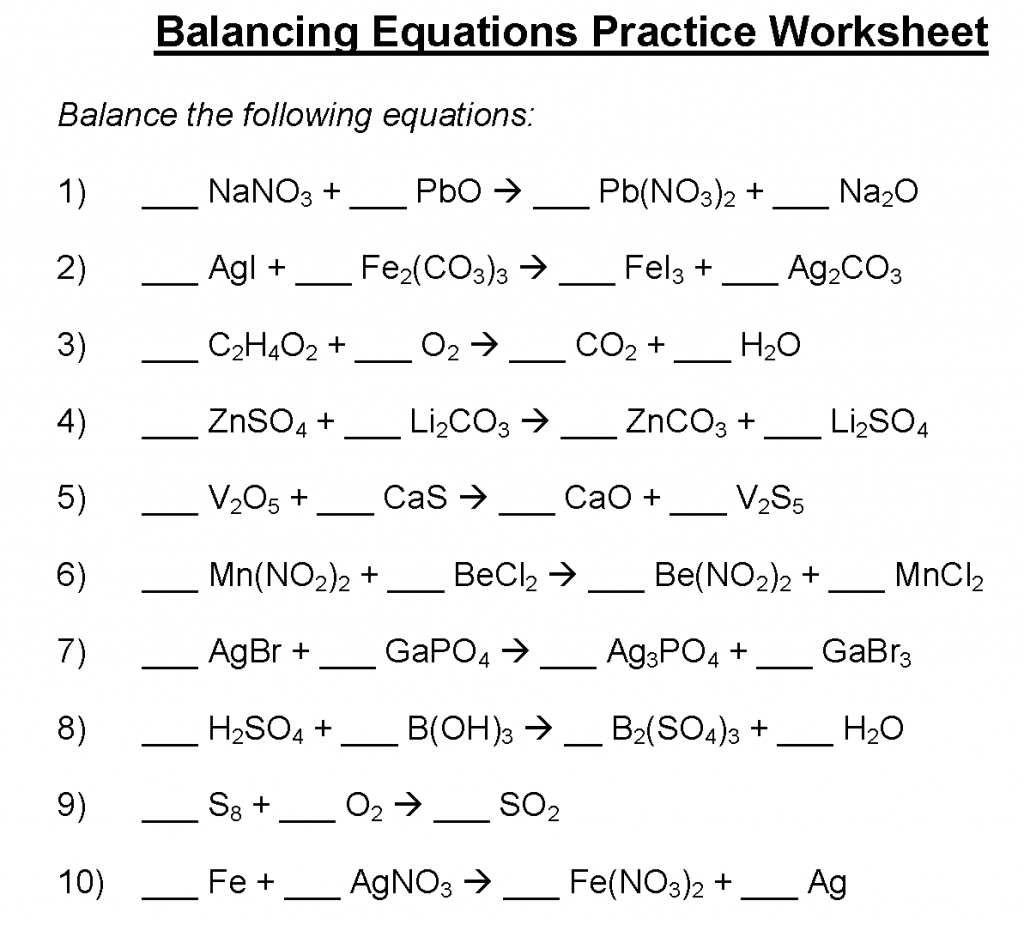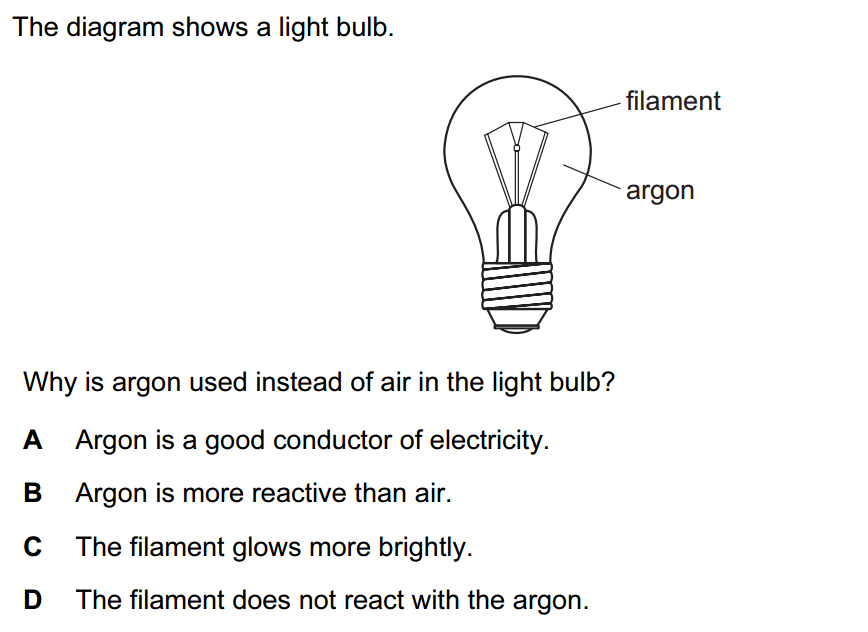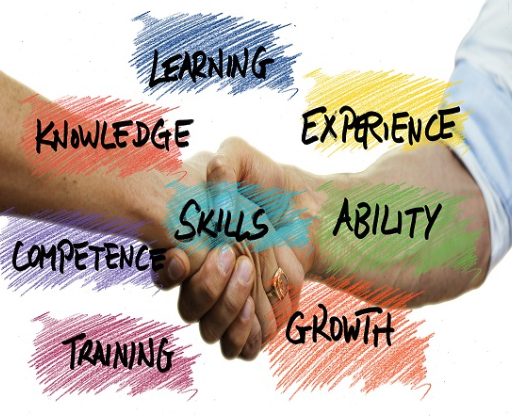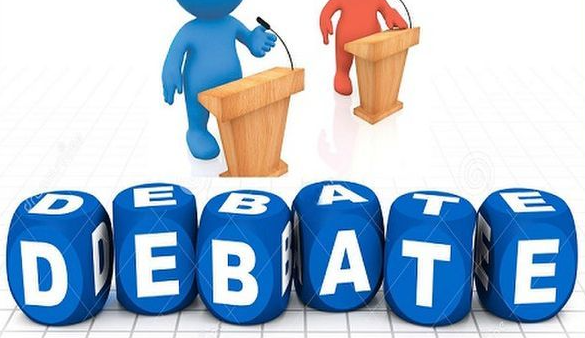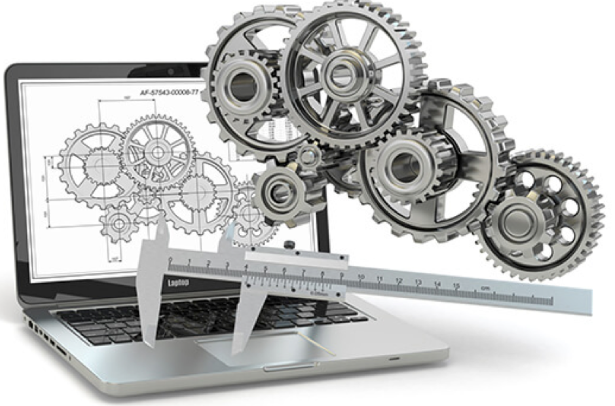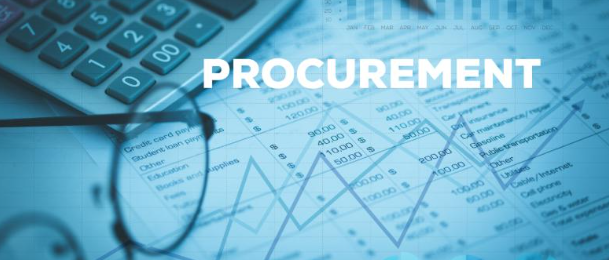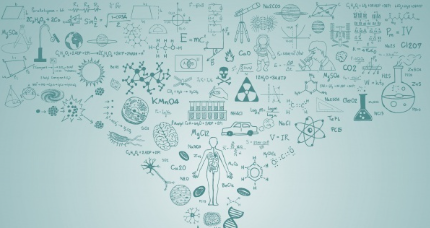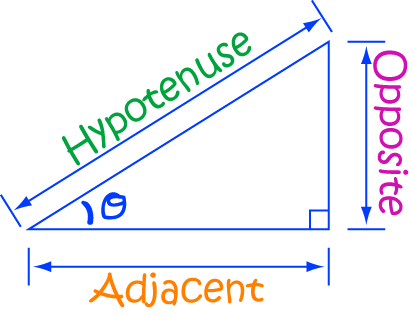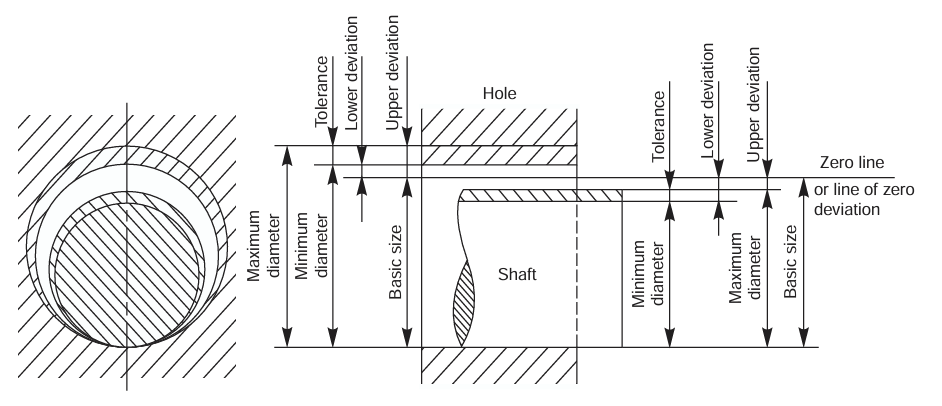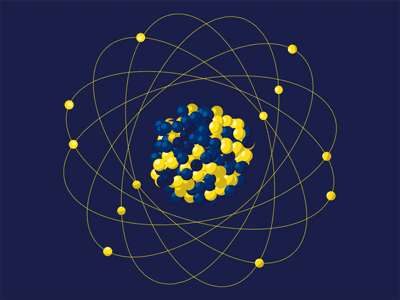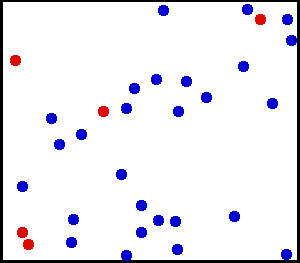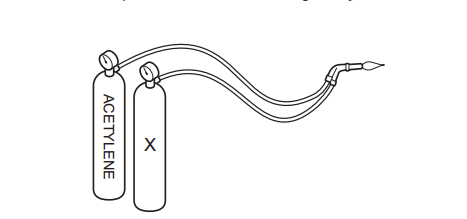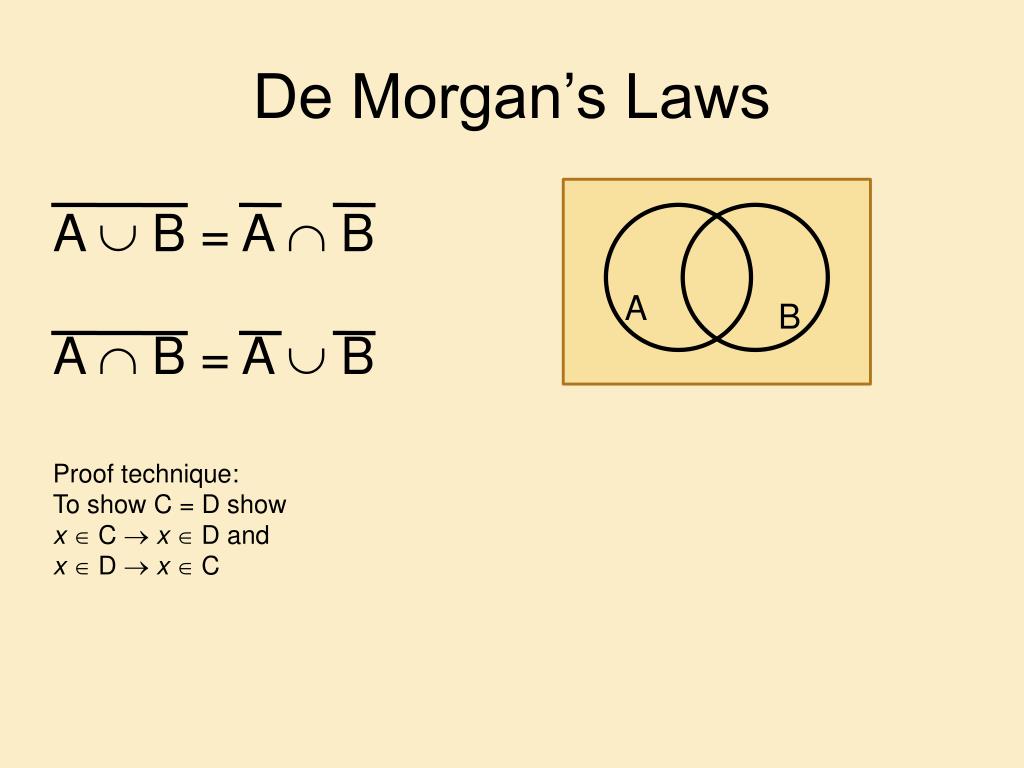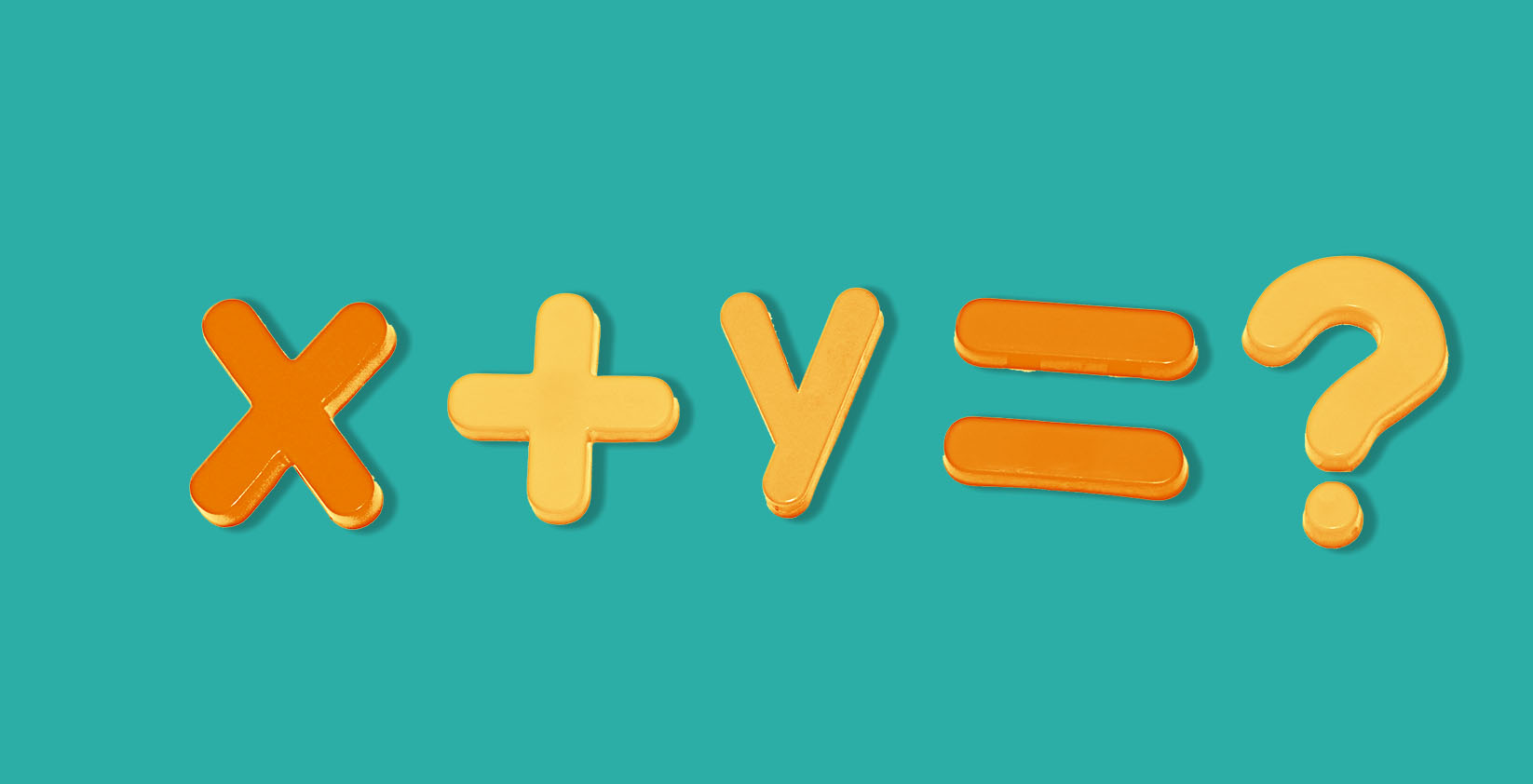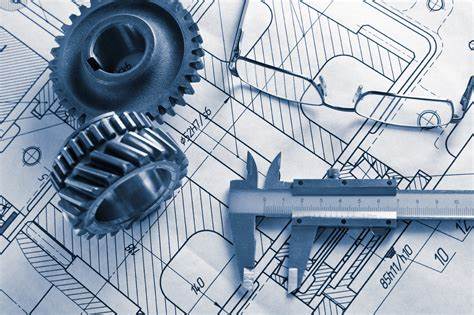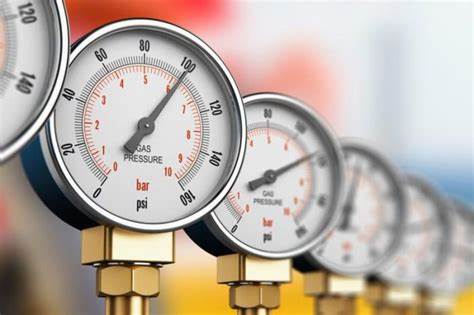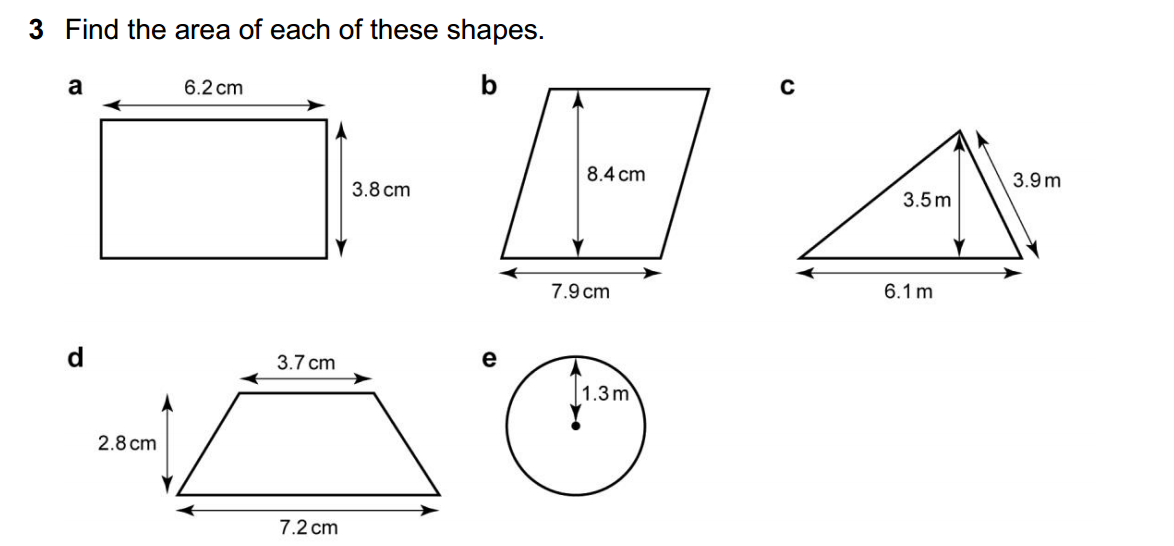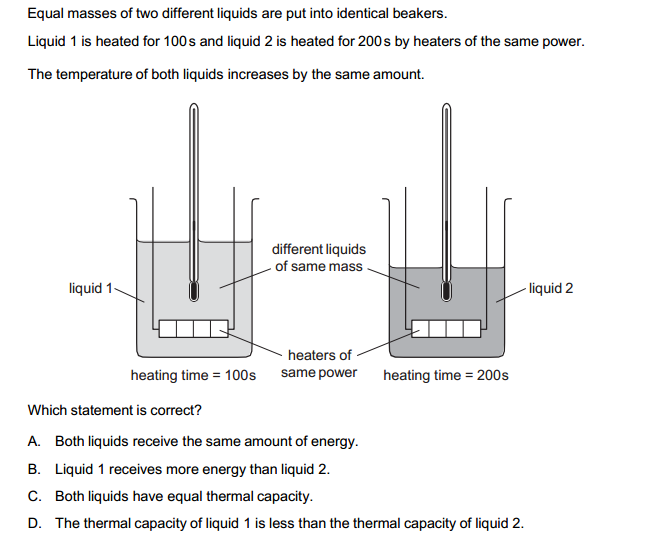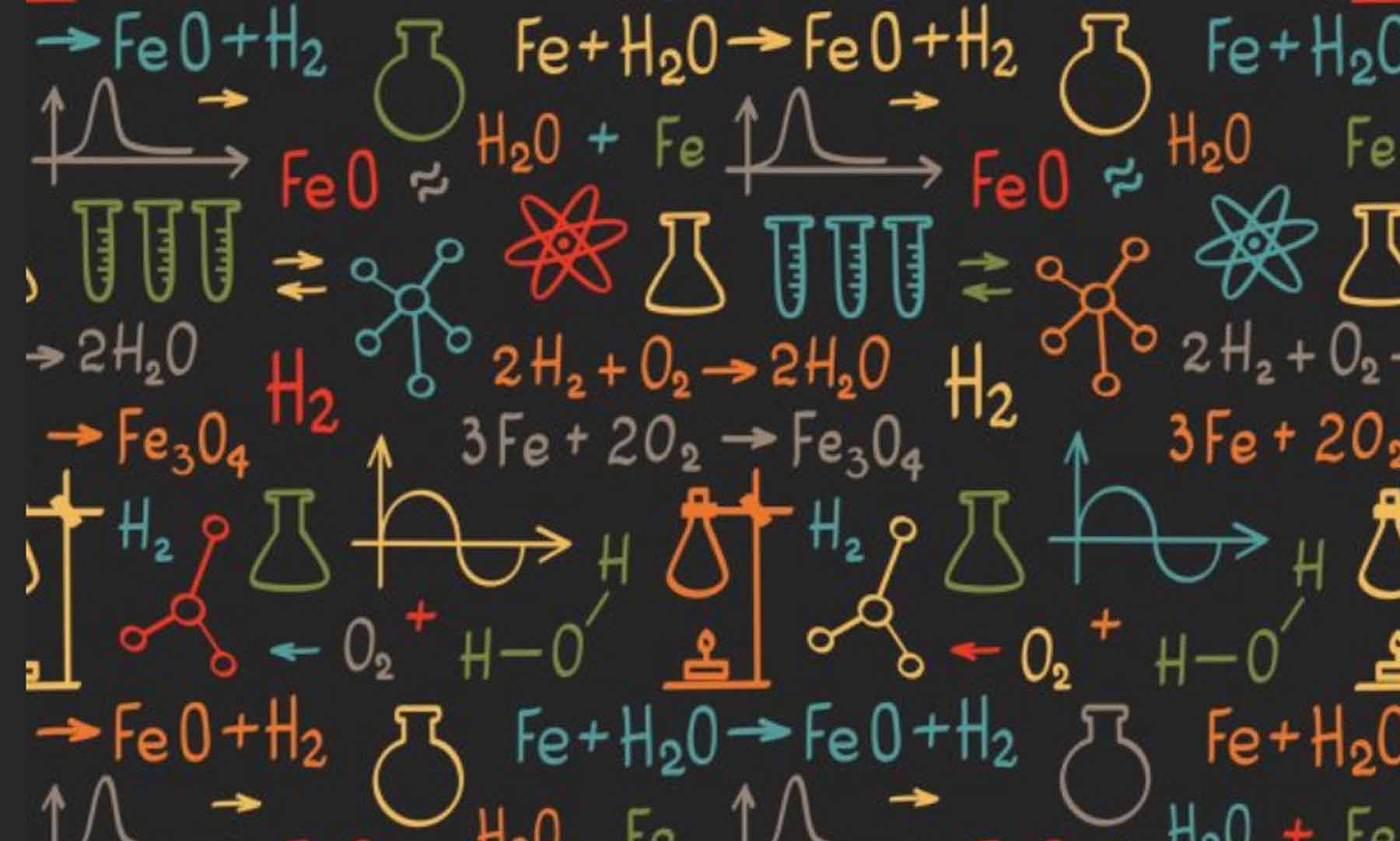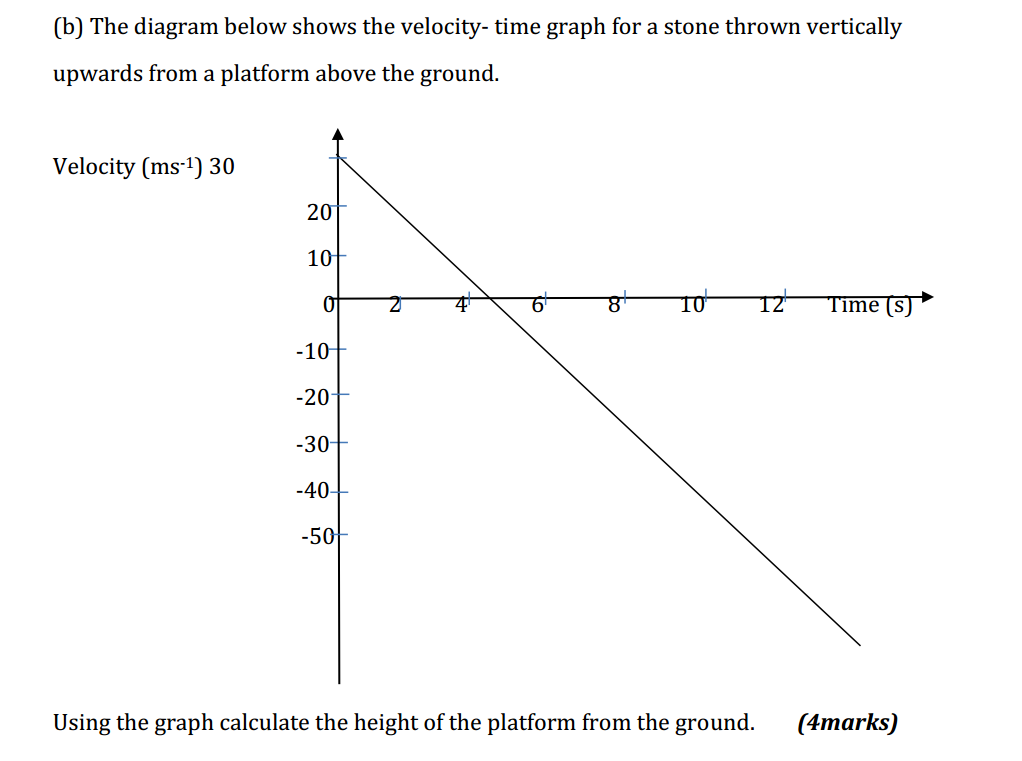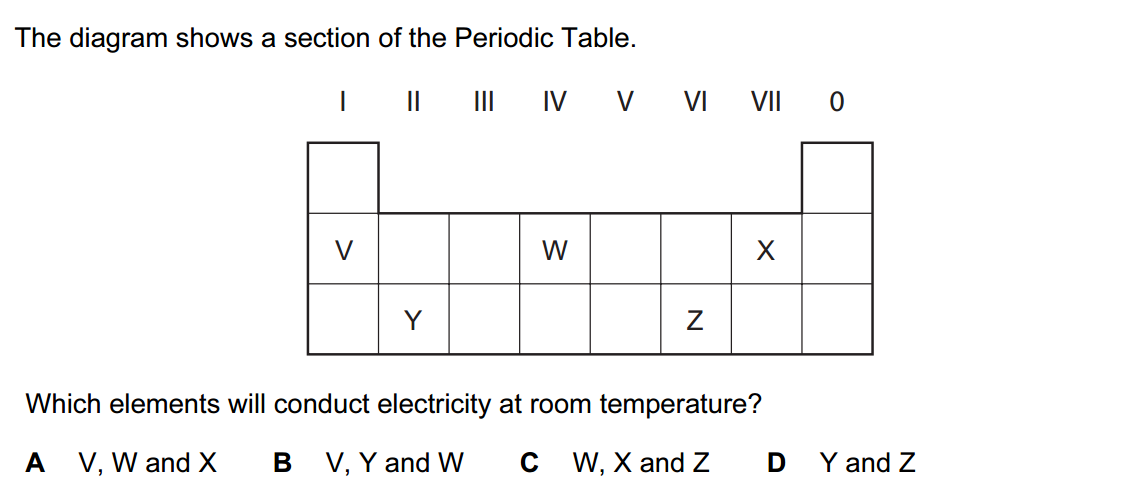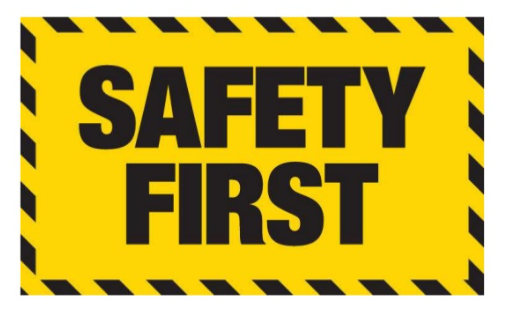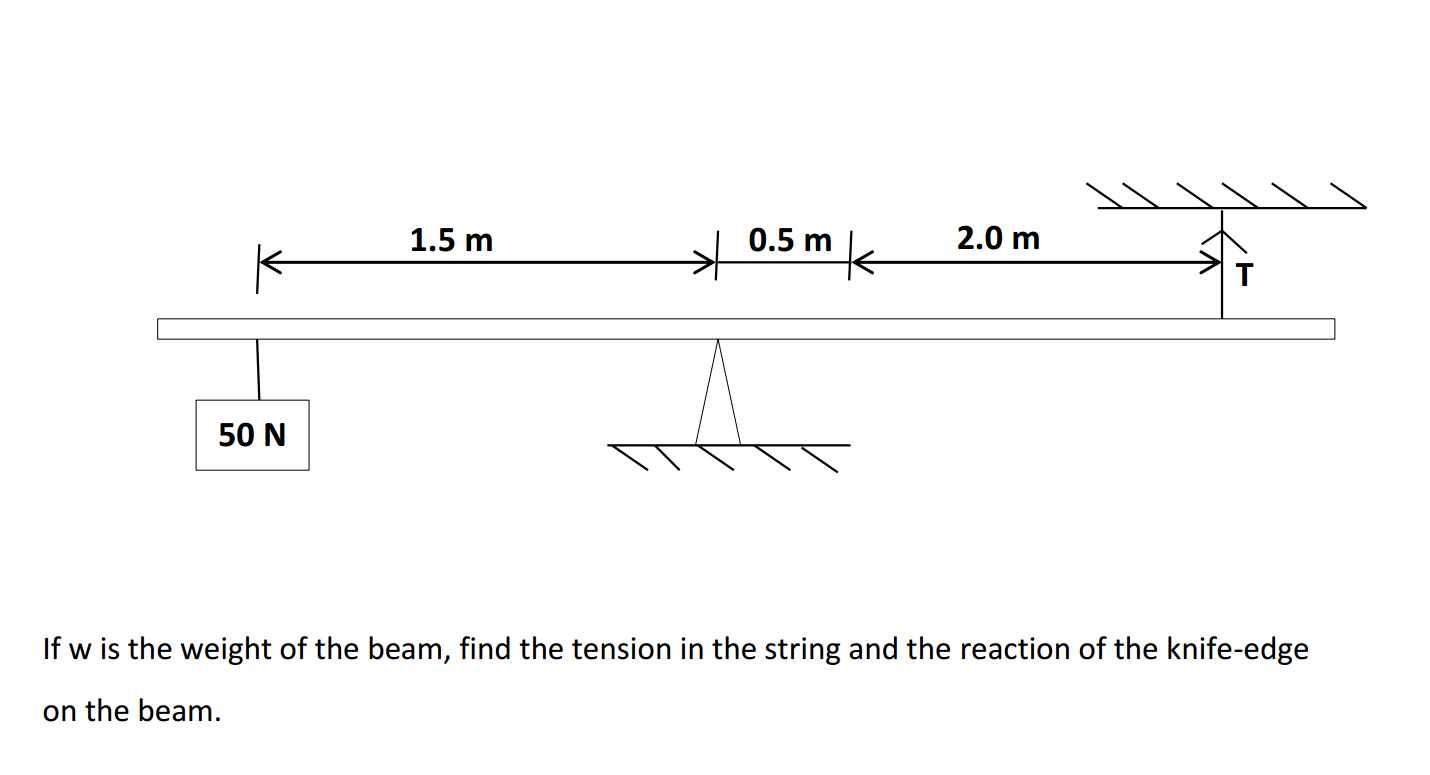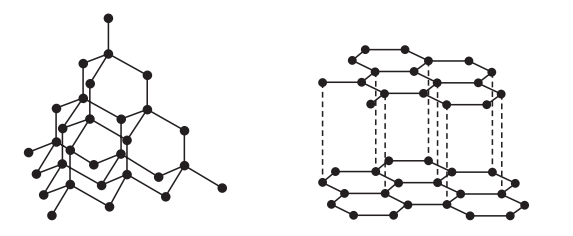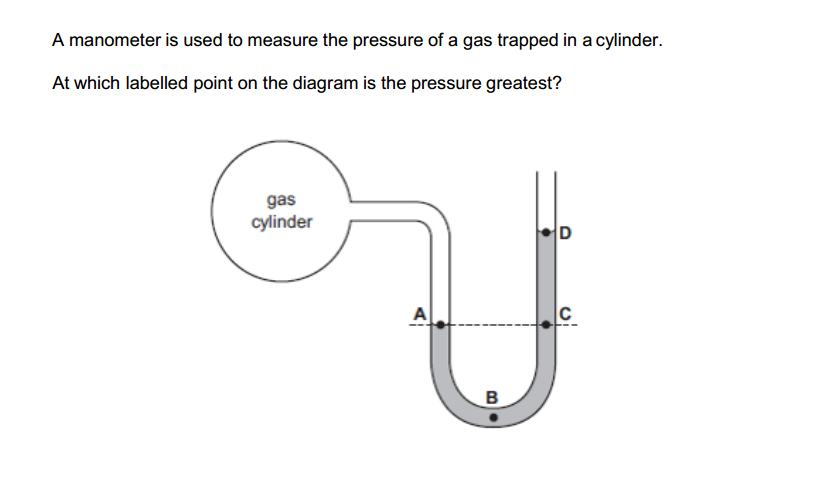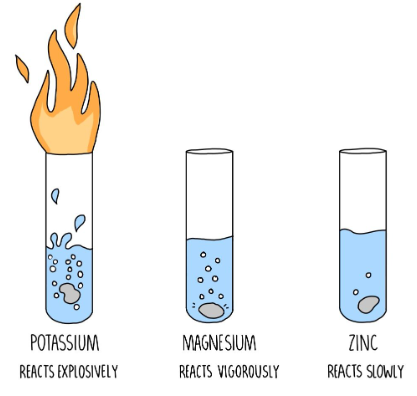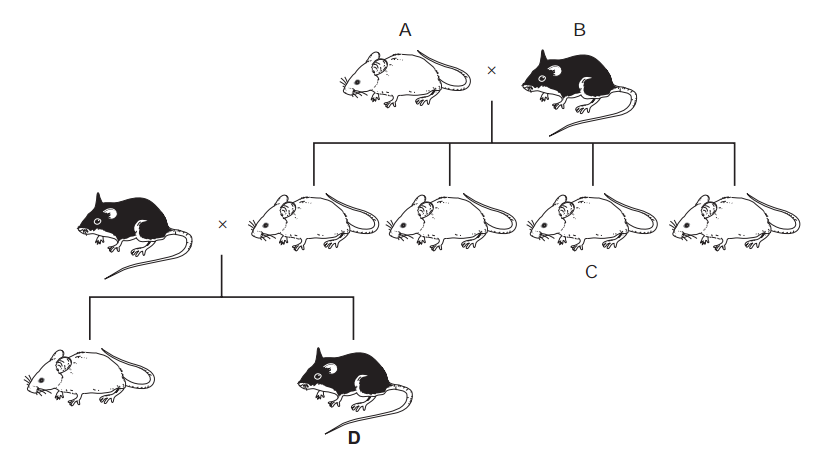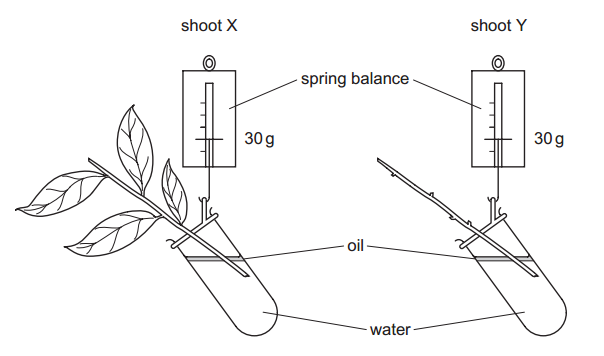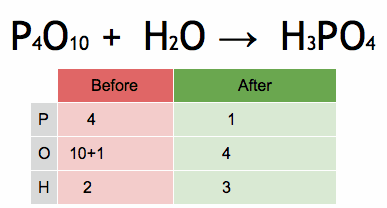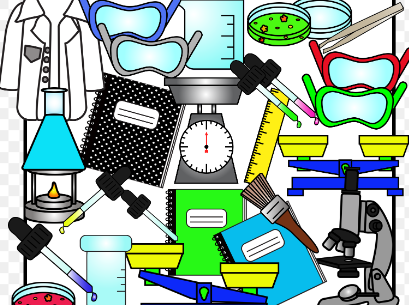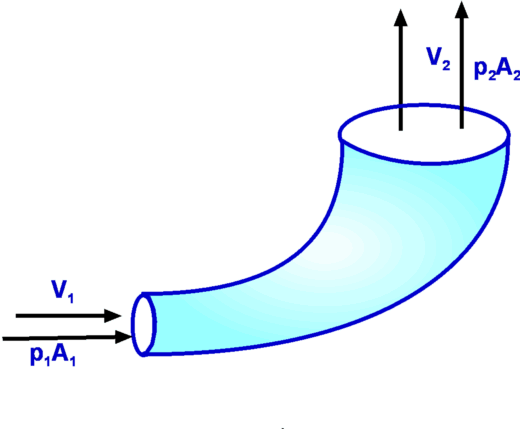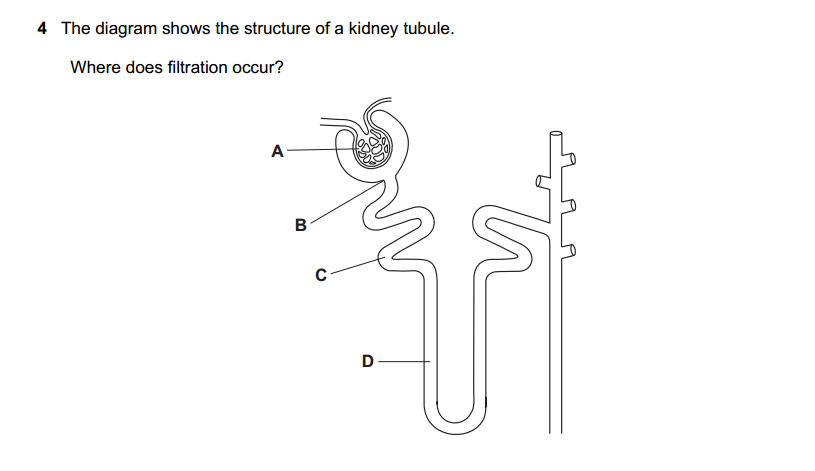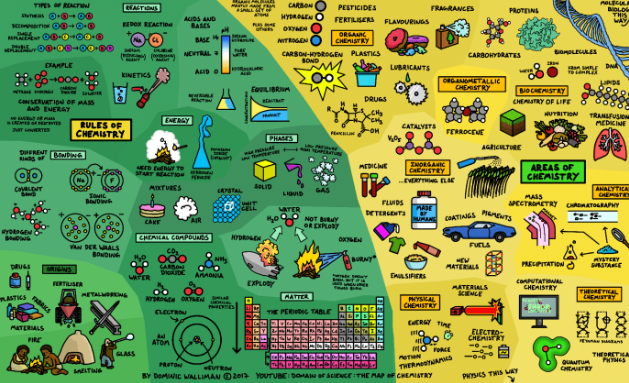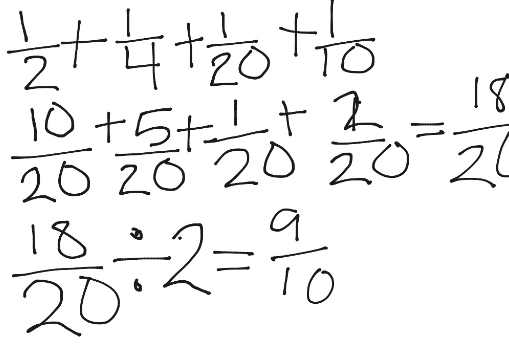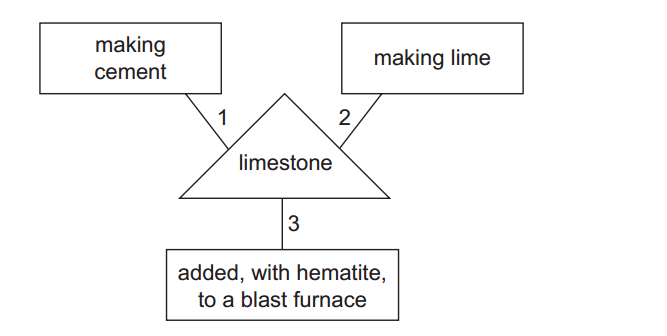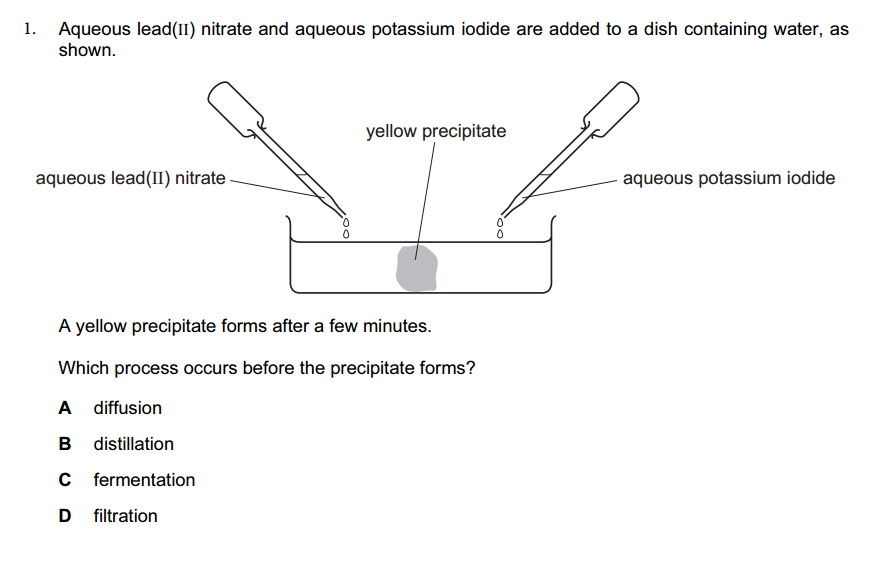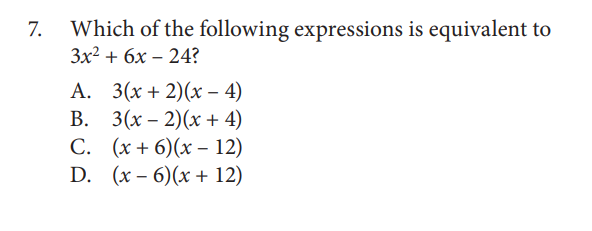Friction is a force that opposes the relative motion or tendency of such motion of two surfaces in contact. It arises when the microscopic irregularities on the surfaces interact, creating resistance to motion. Friction plays a crucial role in everyday life and has a wide range of applications. Here are some questions and applications related to friction:
Applications of Friction:
- Braking Systems: How is friction utilized in the braking systems of vehicles? Explain the role of friction in stopping a car.
- Tire Traction: Why is friction essential for tire traction on the road? How do tire treads affect friction?
- Footwear Grip: How do different shoe designs and materials influence the grip and friction between the sole of the shoe and the ground?
- Bearing Lubrication: In machinery, why is it necessary to reduce friction between moving parts? Explain how lubricants are used to achieve this.
- Climbing: How does friction help climbers ascend vertical surfaces? Discuss the role of friction in rock climbing and mountaineering.
- Ball Sports: In sports like soccer or basketball, how does the friction between the ball and the playing surface affect the game’s dynamics?
- Drag Forces: Describe how friction plays a role in air and fluid resistance (drag) on moving objects, such as cars, boats, and airplanes.
- Belts and Pulleys: Explain how friction is used in belt and pulley systems to transfer motion and power in machinery.
- Wheels and Axles: Discuss the importance of reducing friction in wheel and axle systems, such as those in automobiles and bicycles.
- Musical Instruments: How does friction between the strings and the musician’s fingers or a bow create sound in instruments like violins, guitars, and cellos?
Questions about Friction:
- What are the factors that affect the amount of friction between two surfaces in contact?
- Describe the differences between static friction and kinetic (sliding) friction.
- How is the coefficient of friction determined for two specific surfaces in contact?
- Explain how friction can be both beneficial and detrimental in different applications.
- What is the role of lubricants in reducing friction, and how do they work?
- How does friction affect the energy efficiency of machines and transportation?
- Discuss the concept of “rolling friction” and provide examples of where it is relevant.
- What are the potential dangers or challenges related to excessive or insufficient friction in various situations?
- How does friction impact the design and safety of sports equipment, such as the soles of athletic shoes?
- In what ways can engineers and designers manipulate friction to improve the performance of products or systems?
These questions cover a range of topics related to friction, from its practical applications to the scientific principles underlying this fundamental force in our daily lives.


